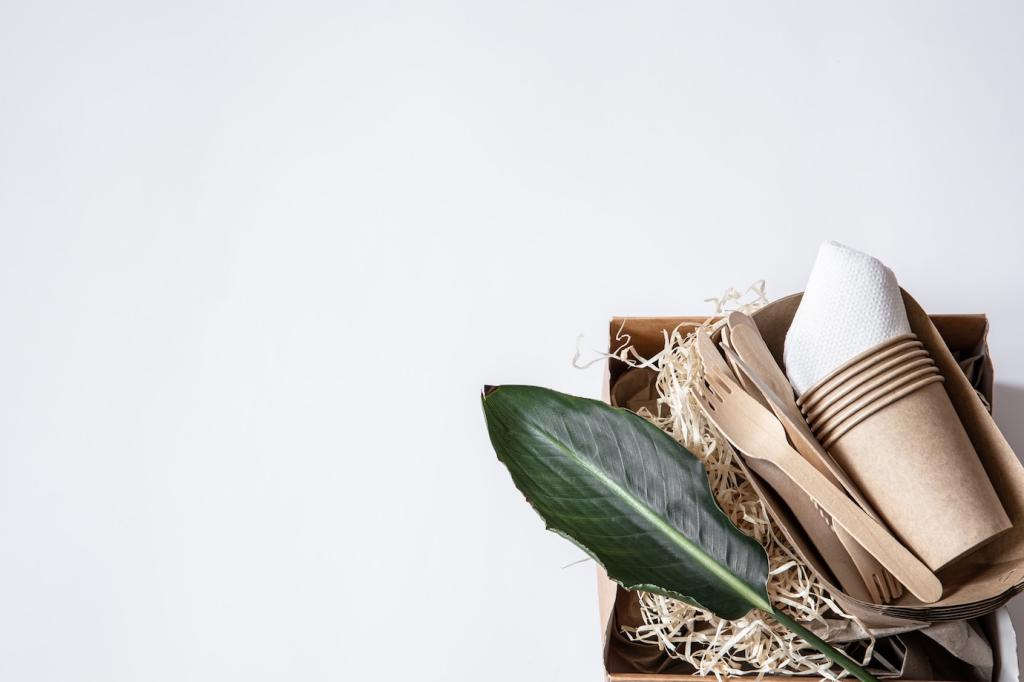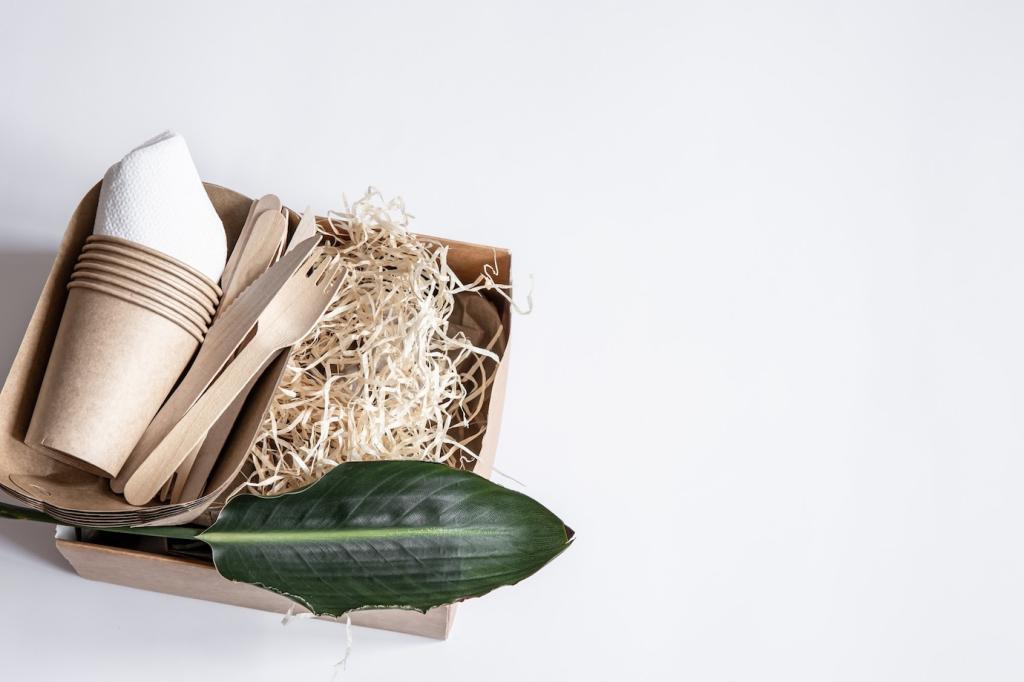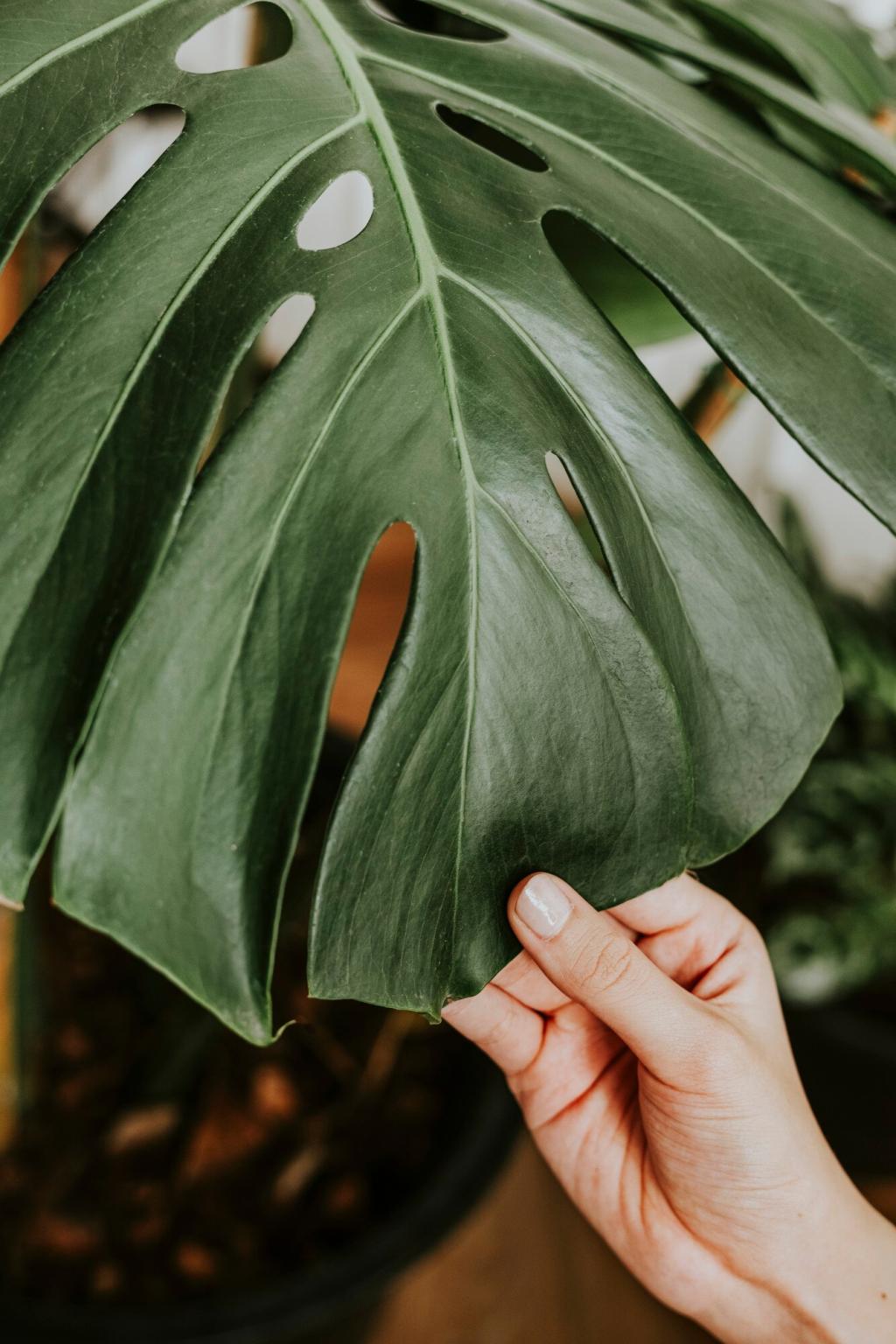Nature’s Touch: Biophilic Materials and Textures
Natural fibers wick moisture, insulate, and age elegantly. Pair linen drapery with oiled oak for a calming palette. Share your lighting conditions, and we’ll suggest textures that glow in morning sun or soften evening shadows.
Nature’s Touch: Biophilic Materials and Textures
Invite daylight to play across slate, clay, and limewash. Add hardy indoor plants to stabilize humidity and purify air. Post your window orientation, and we’ll recommend plant species and mineral finishes that thrive there.









